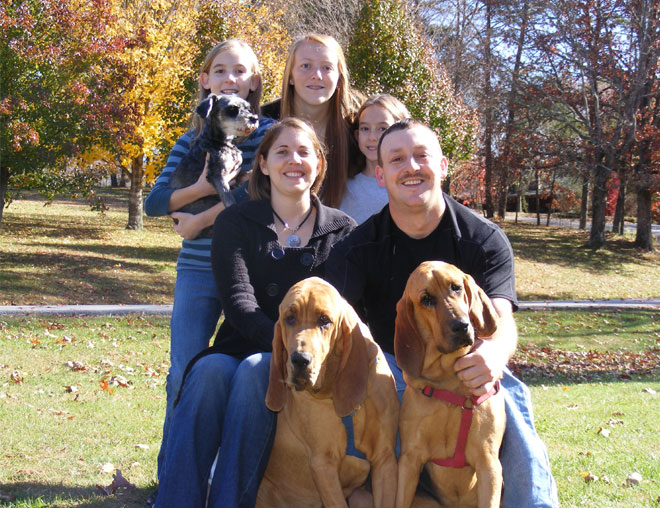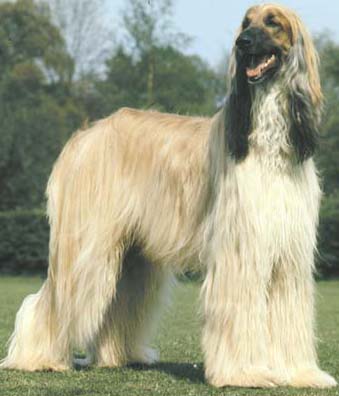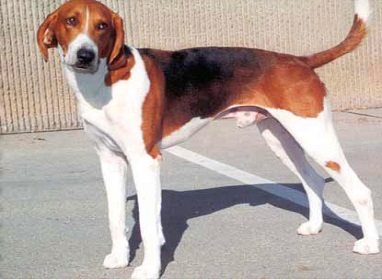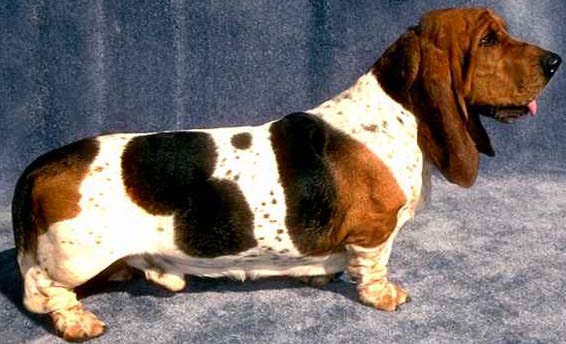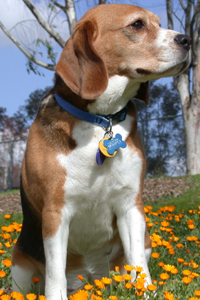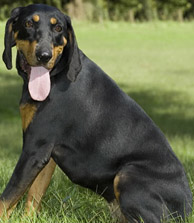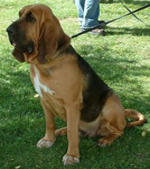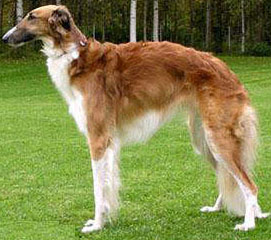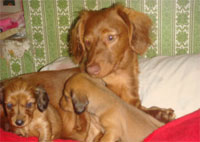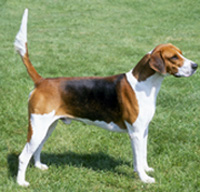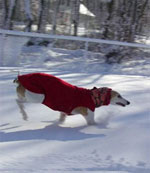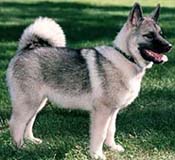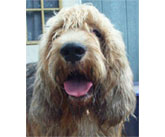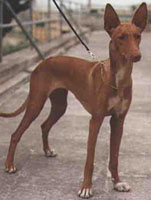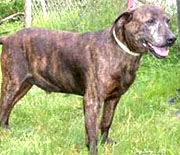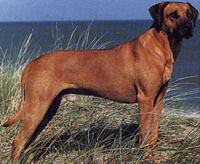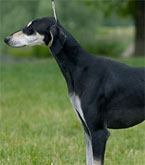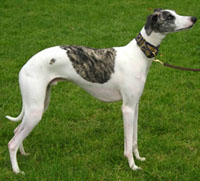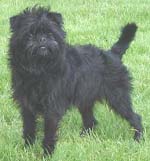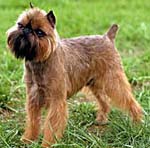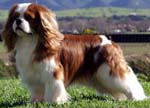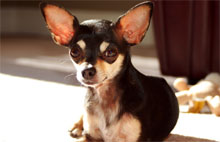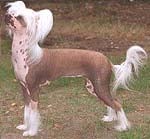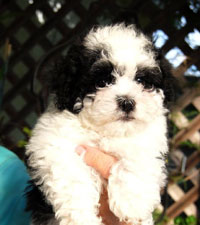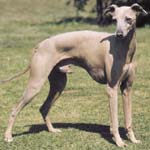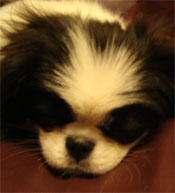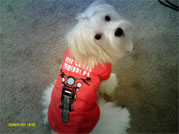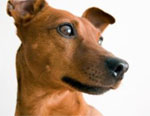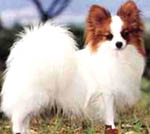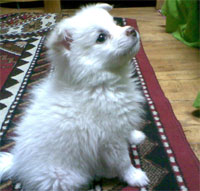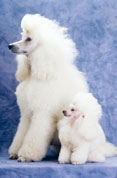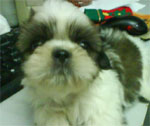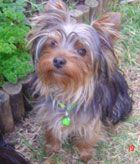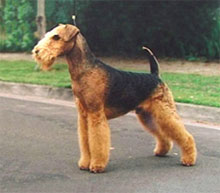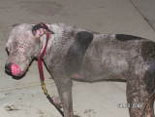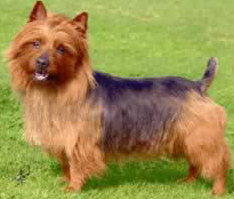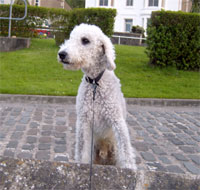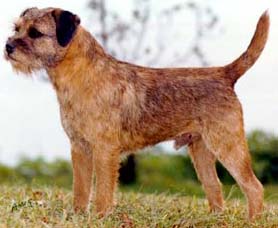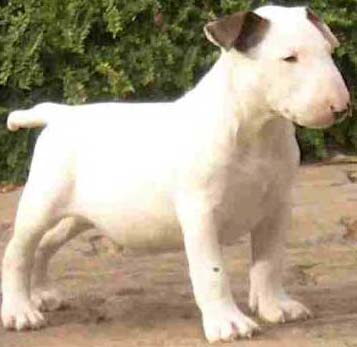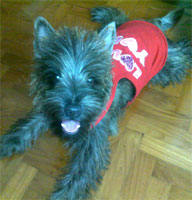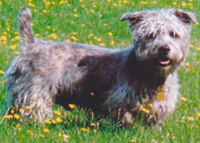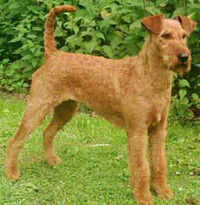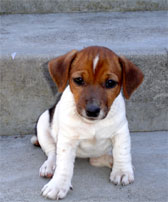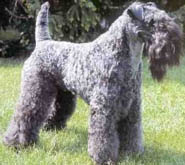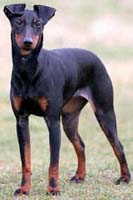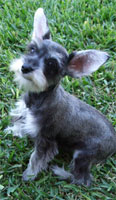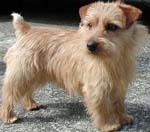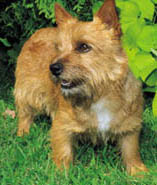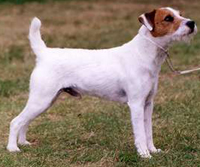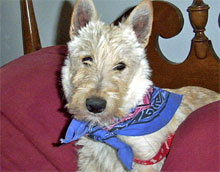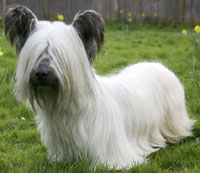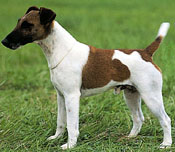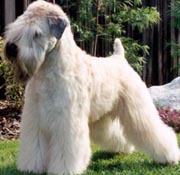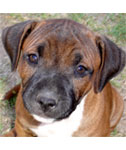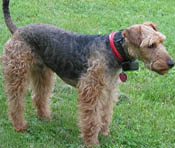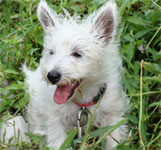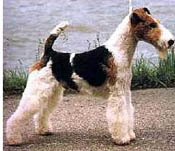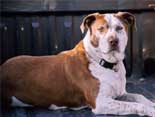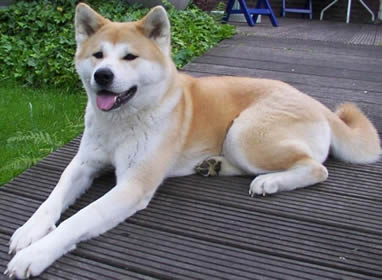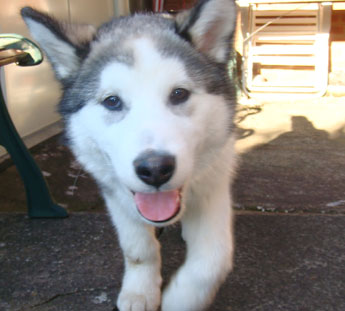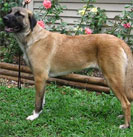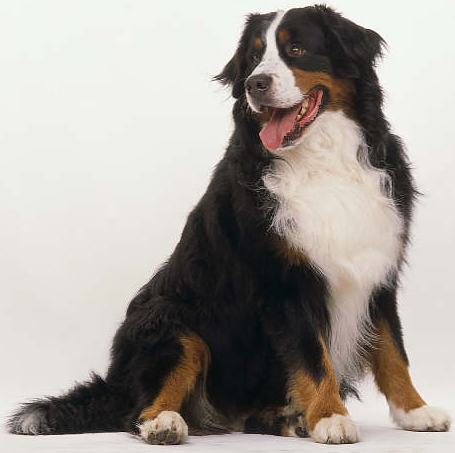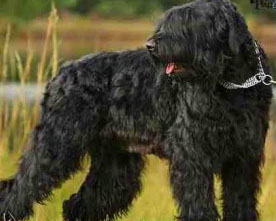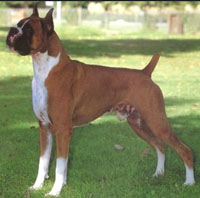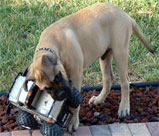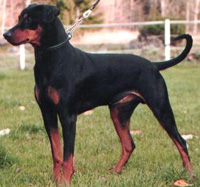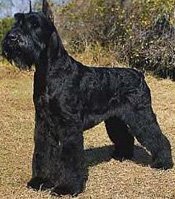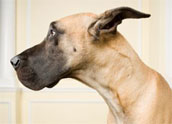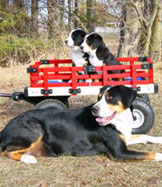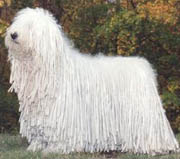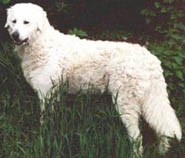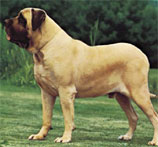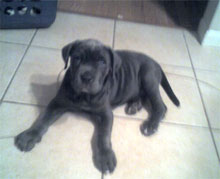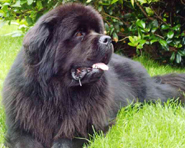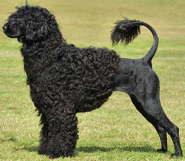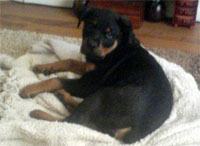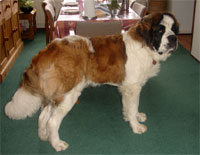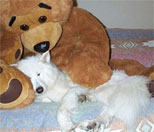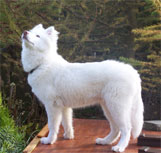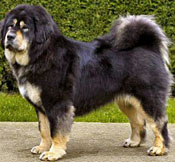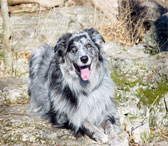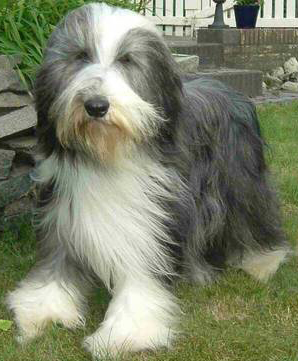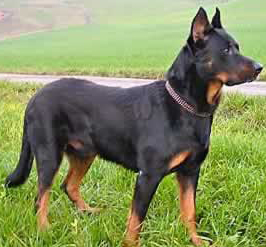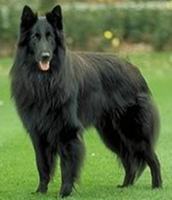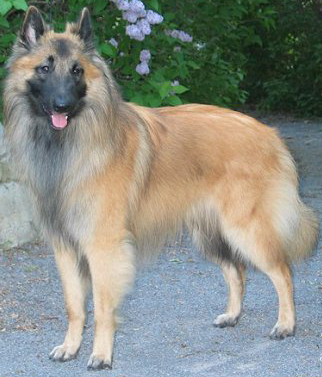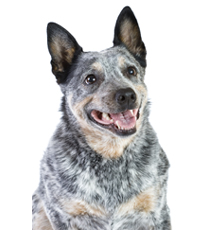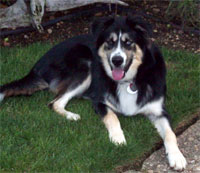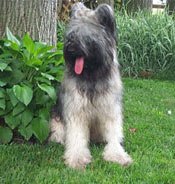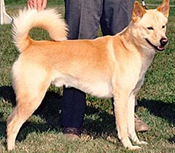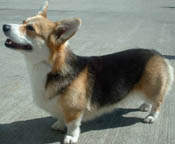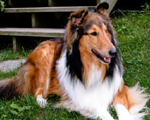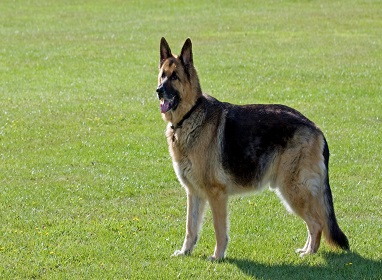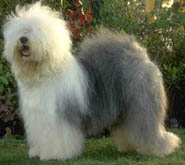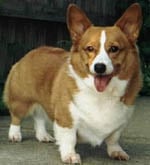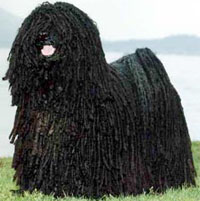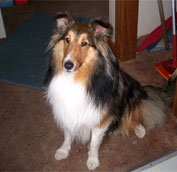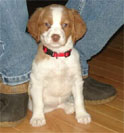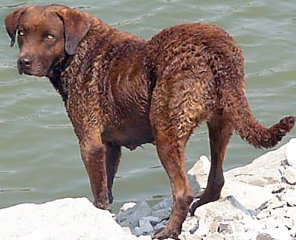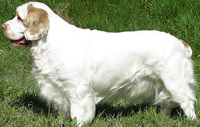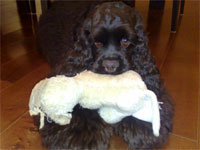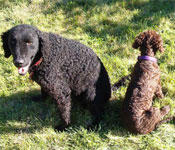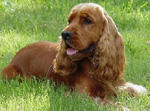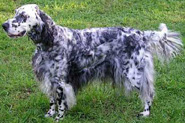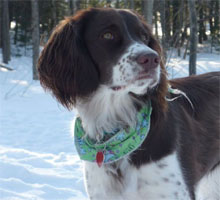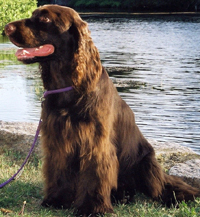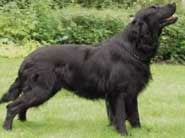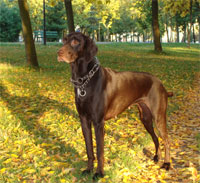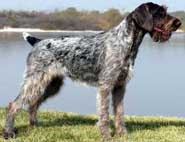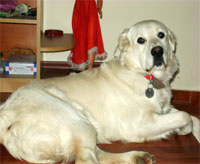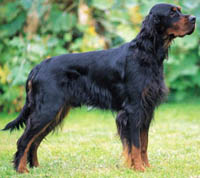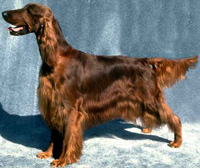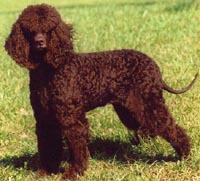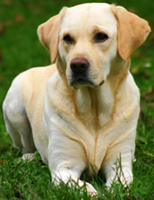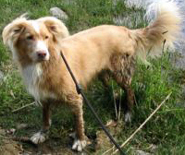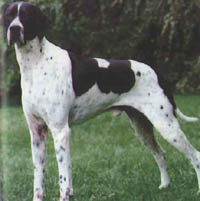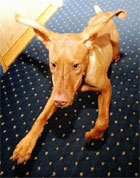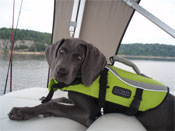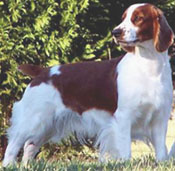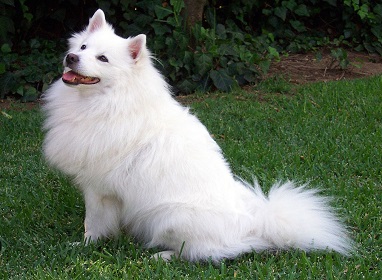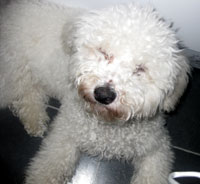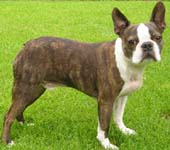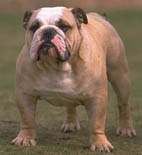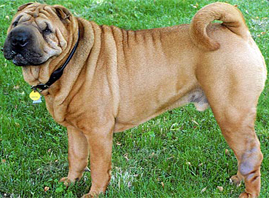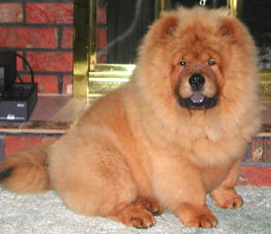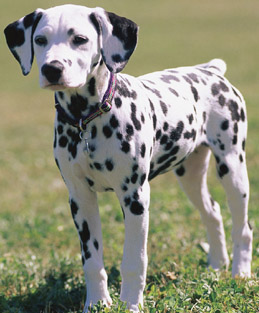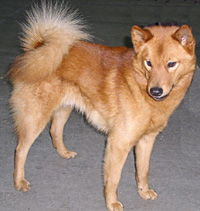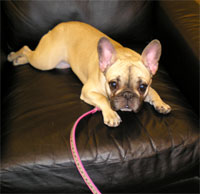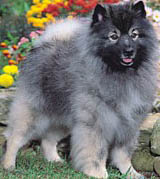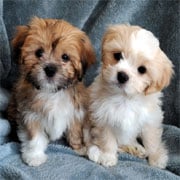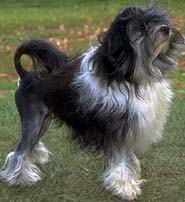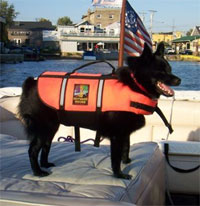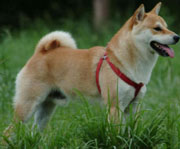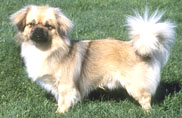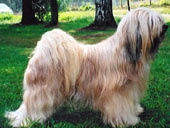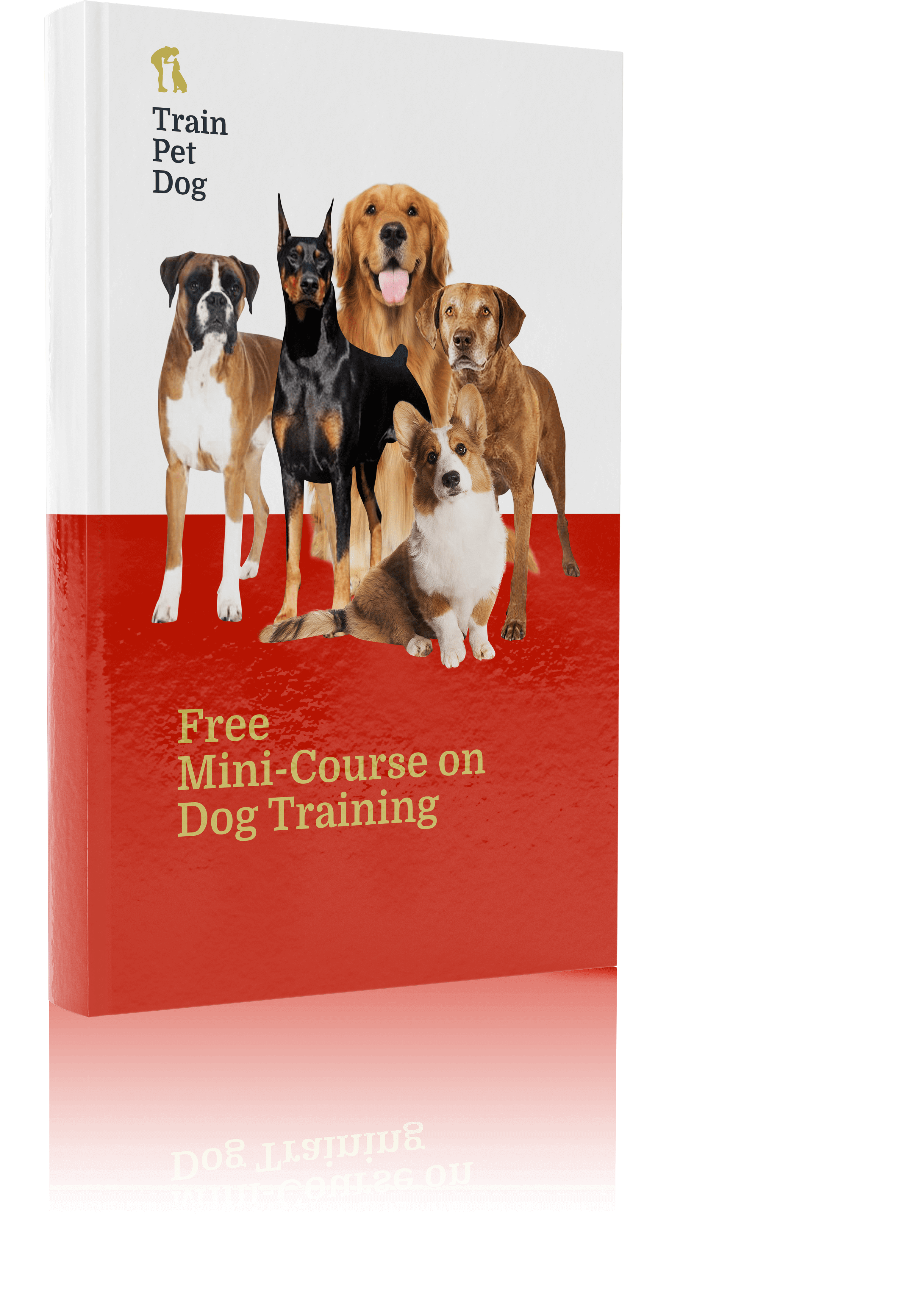Privacy Policy: Your email address is 100% safe.
We don't spam and hate it as much as you do 🙂 You can also unsubscribe from our mailing list at any time.
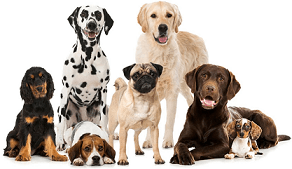
Subscribe to The FREE Dog Training Course to learn how you can easily turn your unruly and disobedient Dog into a loving, friendly companion. Step-by-step tips for puppy housebreaking, dog obedience training and stopping bad behavior.
Dog Groups
Hound Dogs
Toy Dogs
Terrier Dogs
Working Dogs
Herding Dogs
Sporting Dogs
Non-Sporting Dogs
Hound Dog Breed
A good fence is essential for a Hound (both Sighthound and Scenthound). Mostly, Hounds have no idea where they have been, so if they get outside your fence, they will soon be lost and may never find their way home. Also, a secure leash is a must whenever the dog is outside the fence.
Hounds tend to be fairly popular among households. Greyhounds are raced while several members of the group are used regularly for hunting. Others, like Beagles, are popular as family pets. Dog belonging to this group are often available for adoption in Humane Societies and shelters.
Some hounds bay instead of barking. It is best to know and listen to the barking or baying of the hound breed you are considering before you actually get one.
They are responsive and obedient to their masters but training them takes time and patience. They are good with children and friendly with people but prefer to be in the company of other dogs.
Also, be aware that housetraining can be a problem with some members of this group, especially for Scenthounds who have super-sensitive smelling powers. Thus, even if the place is not their designated potty area, they have a strange tendency of eliminating at there again and again – no matter how well you clean it.
For Hounds, grooming needs are minimal. Combing or brushing them regularly is essential, but bathing is needed only when necessary.
Toy Dog Breed
In case you are considering adopting a dog of the Toy breed, you need to be sure whether you are ready to bring home a unique bundle of energy.
Toys usually need lots of play and a few walks as exercise. Most Toys are portable and travel well. Many Toys are sensitive to allergies. They are also prone to epilepsy and other seizure-related problems at a higher rate than larger dogs.
The Toy Group has been steadily on the rise since the 1970’s (12% of the AKC registry). In 2006, 23% of all dogs registered with the AKC were Toys. This is, in part, due to the fact that the U.S. population of baby boomers grew up with dogs but are now retiring and living in condos and apartments and traveling more, so a toy fits their lifestyle better than a larger dog.
Toy dog breeds are lively, active and playful but crave constant attention so be sure you have the time to spend on training this little guy or else he will train himself. The most popular toy breed is the Chihuahua. Intelligent and loyal they are terrific companions and make great friends for the elderly, families and people living alone. But, this little dynamo is very intelligent and loves to play games that owners may mistakenly view as stubbornness or disobedience. Have plenty of patience when dealing with toy breeds as their sharp intellect makes them a challenge.
Many toy dogs have exquisite silky fur that owners love to dress up but these coats are high-maintenance and are often best left to professional grooming. The Maltese and Yorkshire Terrier are great examples of toy breeds with fur that needs careful shampoo and conditioning to prevent a matted and tangled coat that causes discomfort. Other popular breeds in the toy family are the loyal Pug and the super smart Poodle. Don’t let their aristocratic heritage and glamorous looks fool you, Poodles are among the most intelligent and loyal dogs around and will defend their owner and home no matter the situation. Toy breeds travel well but they are prone to seizures and allergies so make sure you have any toy breed thoroughly checked by a veterinarian.
Terrier Dog Breed
Terrier Dogs
Terriers love an argument. Therefore, they will get into a barking match with any dog passing by or living in a yard down the street. They are generally barkers, but this behavioral aspect can be controlled with obedience training started from an early age.
They vary in size from the small Cairn Terriers to the large Airedale Terriers. The majorities have wiry coats (although the Australian Terrier and Soft Coated Wheaten Terrier are exceptions), which require special care called stripping that is normally done by a groomer every 6-8 weeks.
Many of the Terriers adapt well to apartment living and love playing inside and going for walks. When assimilated correctly into a family (usually as the only pet), they are lively participants who love each member of the family.
Loyal, obedient and intelligent the Terrier breed has become one of the most popular dog families in the world. Energetic, playful and cunning Terriers make great house pets and have an instinctive nature to protect their owners and especially children. When you choose a terrier you’ve picked a fighter and a friend. Terriers will gladly engage any other dog in a barking match, will never back down from confrontation and can be dangerously aggressive if they feel threatened.
Unfortunately one of the most well known terriers is the American Bull terrier that has achieved infamy due to awful and negligent owners, dog fighting rings and gangs. Do not let this pathetic segment of the population deter you from choosing and raising a loving, caring and gentle bull terrier that will return your affection and be a friend for life. No dog is born malicious it’s the owner that teaches them to be unfriendly. Treat a bull terrier with love and affection and he will surprise you with his kindness. Bull Terriers tend to recognize and obey only one master so be firm in your rearing and teach him to obey your commands to prevent his acting out on his own.
Though Terriers can be independent generally they will wait for their master’s word before taking any action. Other wonderful terriers include the elegant Kerry Blue known for their muscular frame and stunning slate blue coat, the Parson Russell (aka the Jack Russell) arguably one of the smartest animals in the dog family and the classic Scottish Terrier whose black beard and affectionate nature make him a family favorite.
Working Dog Breed
Working Dogs
By virtue of their size alone, these dogs must be thoroughly socialized with people and other dogs. Obedience training is critical for the owner to be able to control them, but a MUST.
Working dogs are highly intelligent and quick to learn, with a high desire to please their owners. Some are extremely agile and it keeps their minds busy as well as working off some of their energy.
Dogs like Doberman Pinscher and Boxer are well-know for their deft and quick movements.
These dogs are resourceful, obedient and alert. Good breeders ensure that their dogs are neither shy nor vicious and that they are well socialized before going to any new home.
These dogs are used for Assistance, Therapy, Rescue, Search, Herding, Sled, Performing such as Circus and Dog Actors, Canine mascots, Hunting, Guard, Fighting, Tracking, Cadaver dog or Human Remains Detection, Wars, Police works.
Traditionally bred to perform specific tasks including guarding, sled pulling and rescue operations the working breed has become a popular family pet due to their inherent nature to protect. Working dogs have been bred over many years to do a job and they act accordingly.
At times playful and even silly working dogs will instantly become serious watch and guard dogs when they sense danger. While normally friendly with strangers and easy to have in public and around children working breeds understand they have a function to perform and will show an amazing focus when called upon. This breed also has a mind of his own and if he does not see the logic in your commands he will simply ignore them. It is paramount that you train a working breed as a puppy to obey your commands or else risk having your home run by the dog.
The working class has enriched dog lovers with such popular types as the Saint Bernard (responsible for saving hundreds of lives in the snowy mountains), the alert and loyal German Pinscher and the playful yet deceptively smart Siberian Husky. Don’t let their games fool or frustrate you, working breed dogs are caring dogs and mostly gentle friends who only want to make you smile. They love exercise and what starts out as a short walk can easily turn into a half hour jog. Be sure you have time, patience and an active lifestyle to keep this breed happy.
Herding Dog Breed
These dogs are an intelligent and active breed. Usually, good natured and affectionate, they are attentive, animated, well built, muscular, with stamina to work all day, yet agile. They come with an even disposition and are seldom quarrelsome.
To do their work, these dogs require daily exercise to maintain fitness and good muscle tone. They also require regular brushing to minimize shedding.
Most Herding dogs make excellent companion dogs or family pets who may never have the opportunity to use their instincts to herd farm animals. However, their instincts prompt them to gently herd their owners, especially the children of the family.
They are gentle and patient with young children and relentless in keeping them within the boundaries of their yard. They are tolerant to all the comings and goings of a family of growing children.
The Herding dogs respond beautifully to training. Most make excellent watchdogs because they announce everyone’s arrival and are very possessive of their family members.
Sporting Dog Breed
Sporting Dogs
Training this breed is fairly easy because of their high level of intelligence. They are loyal, confident, sweet, eager to please and easy to potty train.
Often mischievous if not given jobs to do to occupy their bodies and minds, usually, they are obedient and agile dogs.
Owing to their extremely loving nature they make some of the best “family dogs” and are usually excellent with children of all ages. They are also good companion dogs for singles of all age groups and love to simply be near their owners.
Because they were developed as hunting dogs with energetic hunting abilities in water and field settings, most Sporting Dogs require regular exercise.
Nearly 30% of all dogs registered by the American Kennel Club in 2006 were Sporting dogs.
Non-Sporting Dog Breed
As mentioned earlier, this is a group of dogs that has little in common. Some are very popular and you will instantly recognize them – Bichon Frise, Boston Terrier, Bulldog, Dalmatian, Lhasa Apso and Poodle – while others such as the Löwchen or Tibetan Terrier – you may never see them at all.
Those with short faces and barrel chests like the Bulldog, French Bulldog, Chinese Shar-Pei and Chow Chow are prone to breathing problems in hot and humid weather.
The largest dogs in this group include the Chinese Shar-Pei, Chow Chow, Dalmatian, Finnish Spitz, Keeshond, Standard American Eskimo and Standard Poodle.
Toy sized dogs are the Toy American Eskimo, Bichon Frise, Lhasa Apso, Lowchen, Toy Poodle, and Tibetan Spaniel.
The Dalmatian possess the highest level of energy in this group of dog breed, yet, most are see living comfortably in an apartment.
All around us we find dogs coming in a great range of sizes and displaying a wide variety of characteristics. Find Out which dog breeds best suit your lifestyle and prove good and lovable household pets.
Learn about all the different classifications for dog breeds and the unique qualities of each. Dogs are specially grouped according to specific skills, traits and purpose so before you pick out a breed be sure you know the intricacies of the breed, the pros and cons of their behavior and how to care for certain coats. Dogs are grouped by the following classifications: hound, toy, terrier, working, herding, sporting and non-sporting. Within each group is a wide range of unique breeds.
The hound group is rich in history and features such classic favorites including Beagles, Bloodhounds, Basset Hounds and Greyhounds. Toy breeds are great for city living and indoor pets and includes Chihuahuas, Pomeranians and Poodles. Terriers have become a very popular breed due to their intelligence and protective nature and feature Bull, Border and Scottish terriers. The working class of dog is very popular among families and it features Boxers, Mastiffs and Huskies that are big, playful and loyal. If you’re looking for a headstrong animal that will take charge instinctively then look into the herding class which features excellent breeds such as Collies, Shepherds and Sheepdogs.
Herding breeds have a pre-disposed nature to corral, protect and watch over other animals and even children. The sporting class is one of the most popular breeds of dog and features some of the most active domesticated pets around. In the sporting category you’ll find such traditional favorites including Retrievers, Spaniels and Setters. These dogs are incredibly active and will need constant exercise to keep them happy. Last is the non-sporting group that can be misleading in its description as several of the breeds in this category will actually prove to be quite sporting such as the Dalmatian but other breeds are less active including the Bull Dog and Chow Chow.
Train Your Dog To Listen To You
Sign up for our Free Dog Mini Course to have a housebroken, obedient dog that happily comes to you every time you call.
You'll learn new commands to obedience-train your dog as well as how to housebreak your dog in 6 days or less.
You'll also learn how to eliminate bad habits like barking, nipping or biting, jumping, or pulling on the leash.
